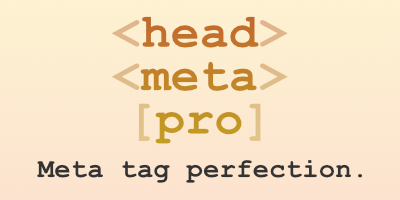Tutorials
As of USP Pro 3.7, you can enable the plugin to automatically hide the Name and Email fields if the user is logged in to WordPress. Works for the Name and Email fields, as well as any other field (including Custom Fields). This tutorial explains how to do it in a few clicks.
By default, GA Pro makes it easy to add Google Analytics tracking to your WordPress-powered site. When configuring the plugin, you can choose from different tracking techniques, like Universal Analytics or Global Site Tag. When Universal Analytics tracking is enabled, the plugin outputs the required code recommended by Google. So it’s all good under the […]
USP Pro makes it easy to build forms exactly as needed. Every USP Form accepts any HTML tags, CSS, and JavaScript that may be required. This post shows an example of how it works by adding markup and CSS to display form fields in two columns. Estimated time to complete is about 5–10 minutes.
GA Pro makes it easy to display your Google Analytics tracking code in either the <head></head> or footer (before the closing <body></body> tag). But those are not the only places that you can add your tracking code. This article explains how to include your GA tracking code in any location by adding a line to […]
USP Pro provides an option to automatically display submitted images (located under the Uploads tab). It works great for most cases, but it may be necessary to customize things to suit your needs. This quick tutorial explains a technique that can be used to display a custom loop of images via your theme template.
USP Pro version 3.6 and better uses Selectize to display select/dropdown fields in a more stylish, user-friendly way. As of USP Pro 3.7, the Selectize script applies to the Category and Tag fields, as well as any select/dropdown custom fields.
Blackhole Pro requires adding a few rules to your site’s robots.txt file. If you are using the WordPress-generated dynamic/virtual robots.txt file, the plugin adds the required rules for you automatically. Only if you are using an actual/physical robots.txt on the server do you need to add the rules manually (copy/paste). This post explains more about […]
One of the most common questions I get is “why aren’t my custom fields showing in my WordPress?” And living by the rule of not repeating myself, here is a post that explains some things to check if the Custom Fields meta box is not showing on the Edit Post screen of your WordPress-powered site.




